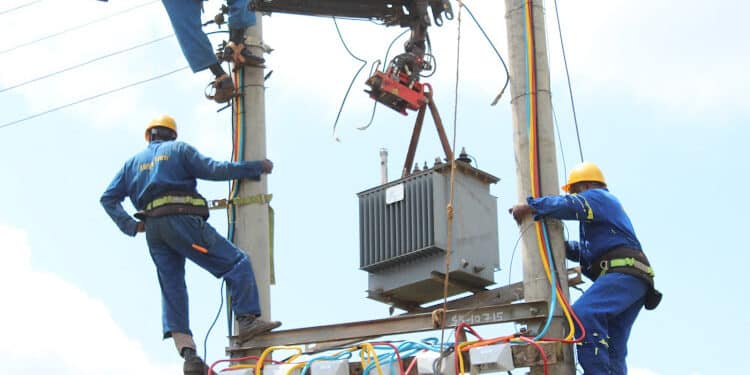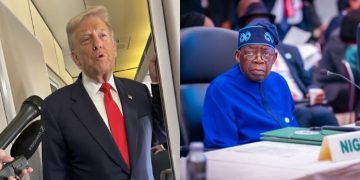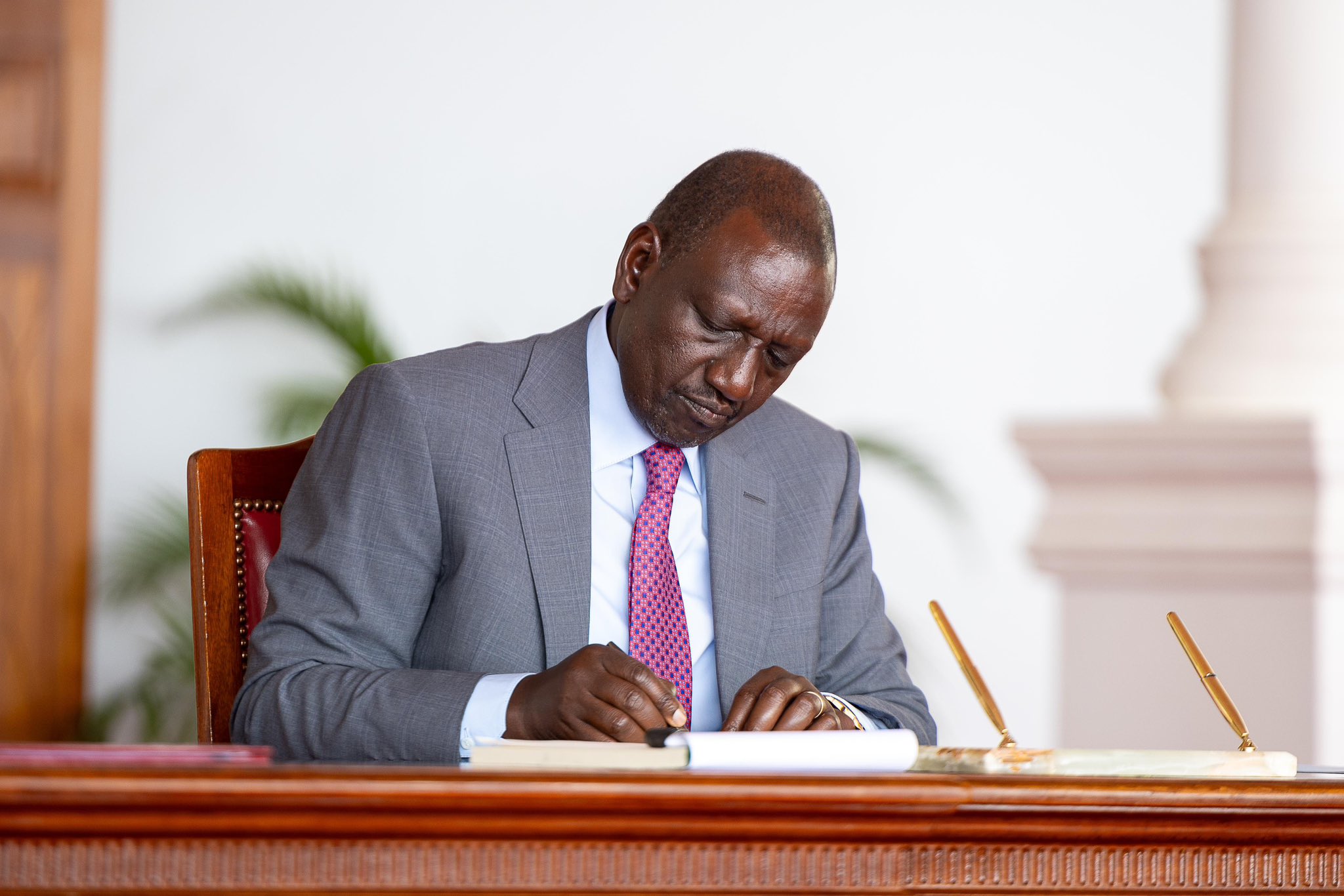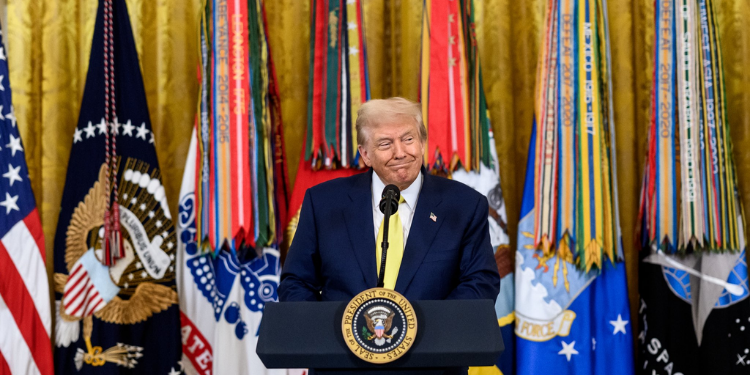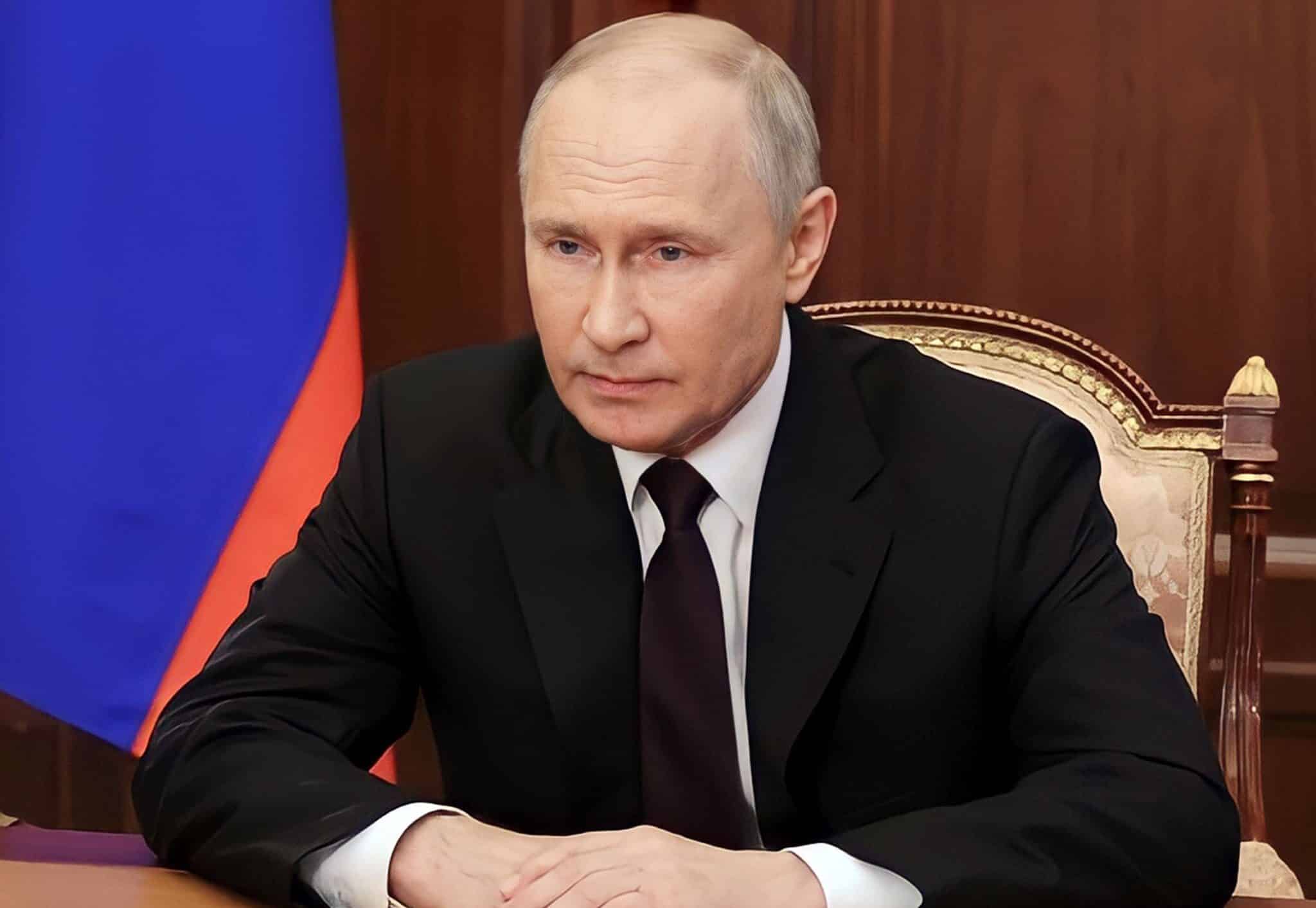The latest round of tariffs introduced by President Donald Trump last week has angered many of the US’s largest trading partners, but a pair of new analyses, from the US Chamber of Commerce and Goldman Sachs, suggests it’s American consumers themselves who will bear the brunt of the tariffs’ cost.
In a report titled ‘Tariffs Bring Massive New Taxes on Food, Apparel, Back-to-School Items,’ the US Chamber of Commerce said Americans paid billions more for food, clothing, shoes, and school supplies in May and June of this year than they did the year before, due to tariffs rolled out earlier this year.
The tariffs added $1.9 billion to the cost of imported food sold in the US, and another $1.9 billion to the cost of shoes and clothing. The cost of school supplies – currently on the minds of many parents, with children across the US returning to school next month – has gone up by $73 million, the Chamber noted.
The effective tariff rate on imported food has gone up from 2% a year ago to 7% this year. On shoes and clothing, the percentage has increased from 14% to 25%, and on school supplies, it has increased from 5% to 18%.
Trump’s Tariffs Mean ‘Massive New Taxes’ on Americans
The Chamber also noted that it may be undercounting the tariffs because of “limitations in the data.” Also, goods that were already shipped out when the tariffs were announced were exempt, so the total cost will increase as those “goods on the water” drop to zero.
“While much of this burden has been shouldered by wholesalers and manufacturers, the months ahead will see a larger share of these costs passed on to consumers,” US Chamber of Commerce executive vice president Neil Bradley wrote in the report.
“Americans are paying the tariffs, but not all these costs are being passed onto consumers—at least, not yet.”
President Donald Trump and others in the Trump administration have argued that the tariffs won’t increase costs for consumers because manufacturers and importers will swallow the cost in order to maintain their market share.
A new report from investment bank Goldman Sachs suggests this is only partly true. The report estimated that US consumers absorbed 22% of the tariff hikes through to the end of June, but that number will rise to 67% if the current tariffs follow the pattern of tariff hikes during the first Trump administration in 2017-2021, the report said, according to Bloomberg.
In those previous tariff hikes, 36% of the cost was passed on to consumers three months after the new tariffs were introduced, but that rose to 67% after four months.
Also Read: China Calls US a Bully Amid BRICS Backlash Against Trump’s New Tariffs
What Goldman Economists Say
The Goldman economists found that businesses in the countries targeted by the tariffs (i.e., exporters) have been paying relatively little of the tariffs’ cost so far. They paid 14% of the cost in June, though the Goldman economists expect that to rise to 25% by October.
So far, the tariffs have done little to increase consumer prices in the US. The lack of inflation has been touted by Trump administration officials as proof that the tariffs are doing little harm to US consumers, with US Treasury Secretary Scott Bessent calling tariff-driven inflation a “dog that didn’t bark.”
But the Goldman economists say that, based on patterns from the tariffs in the first Trump administration, the increase in inflation is yet to come. As more of the cost of tariffs is passed on to consumers, they expect the US inflation rate to accelerate to 3.2% year-on-year by December. It was 2.7% in June.
“Although the passthrough rate appears to be increasing rapidly over time, it still remains somewhat below the passthrough rate that we estimate at the same point in time during the 2018-2019 trade war,” Goldman economist Elsie Pang wrote, as quoted at Fortune.
Also Read: Trump Tariffs to Stay in Place Pending Appeal
And that doesn’t include the impact of the latest tariffs that were announced and/or put into place last week. President Trump has moved forward with higher tariffs on many countries, including Brazil, whose exports to the US are tariffed at 50% as of Aug. 6, with some exemptions for aircraft parts, energy and agricultural products.
The Trump administration also announced plans to double the tariff on imports from India, from 25% to 50%, by Aug. 27 if India doesn’t stop buying Russian oil.
The default tariff rate on Chinese imports is around 55%, which is down from rates above 100% during a brief trade war between the US and China earlier this year. The Trump administration plans to hike tariffs on Chinese goods again, but has delayed those tariffs by 90 days, to November, to allow for trade talks between the two countries.
Goldman Sachs estimates that US businesses have absorbed “more than half” of the cost of tariff hikes so far, but it expects businesses to start passing those costs to consumers more aggressively in the coming months, with the total absorbed by US businesses eventually falling to around 10%.
Follow our WhatsApp Channel and X Account for real-time news updates.
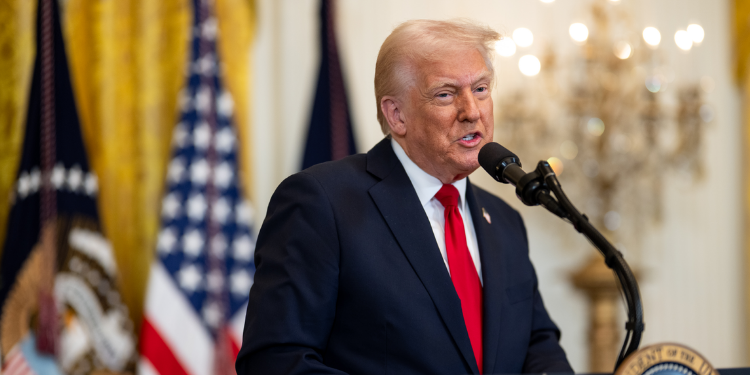


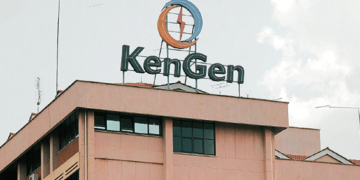


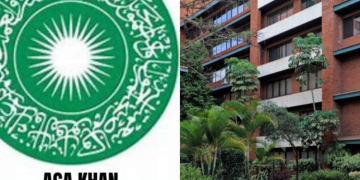



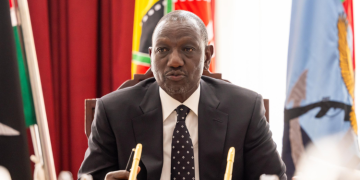

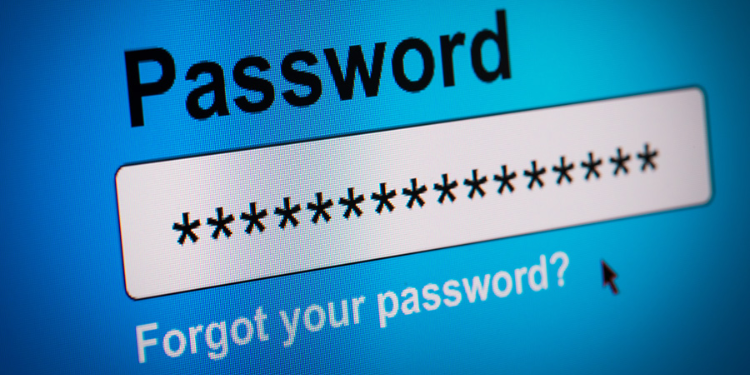




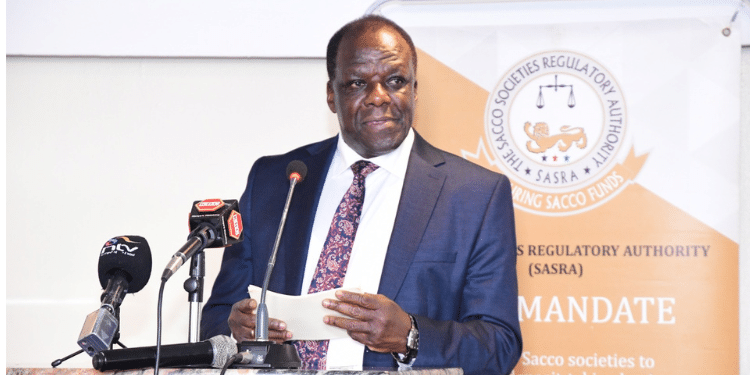




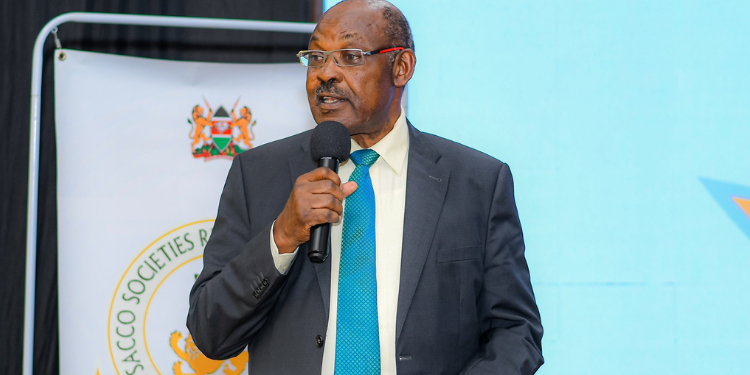









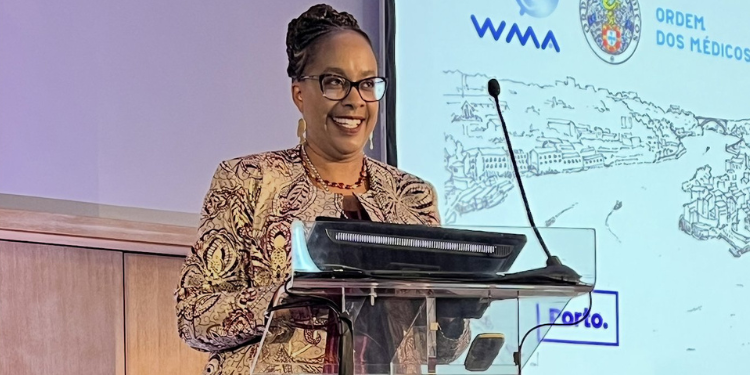





















![Senator Allan Chesang And Chanelle Kittony Wed In A Colourful Ceremony [Photos] Trans Nzoia Senator Allan Chesang With Channelle Kittony/Oscar Sudi]( https://thekenyatimescdn-ese7d3e7ghdnbfa9.z01.azurefd.net/prodimages/uploads/2025/11/Trans-Nzoia-Senator-Allan-Chesang-with-Channelle-KittonyOscar-Sudi-360x180.png)









